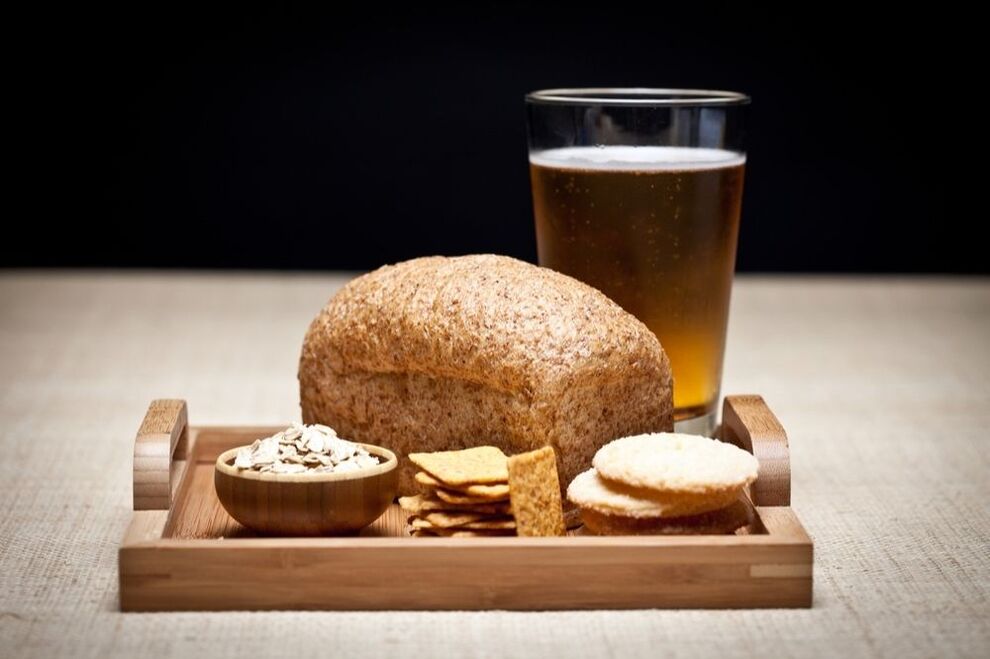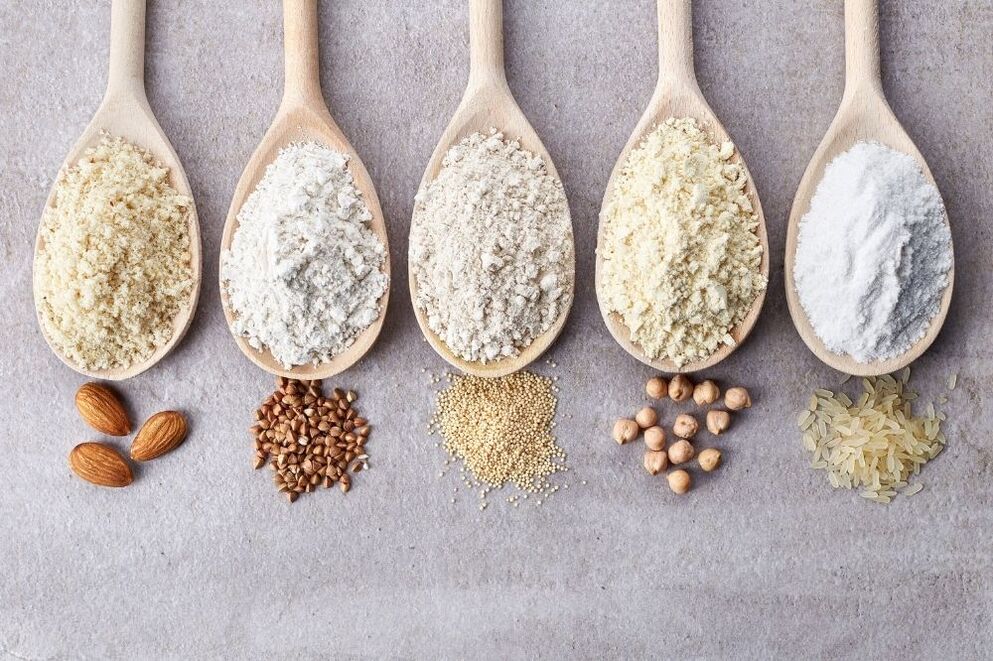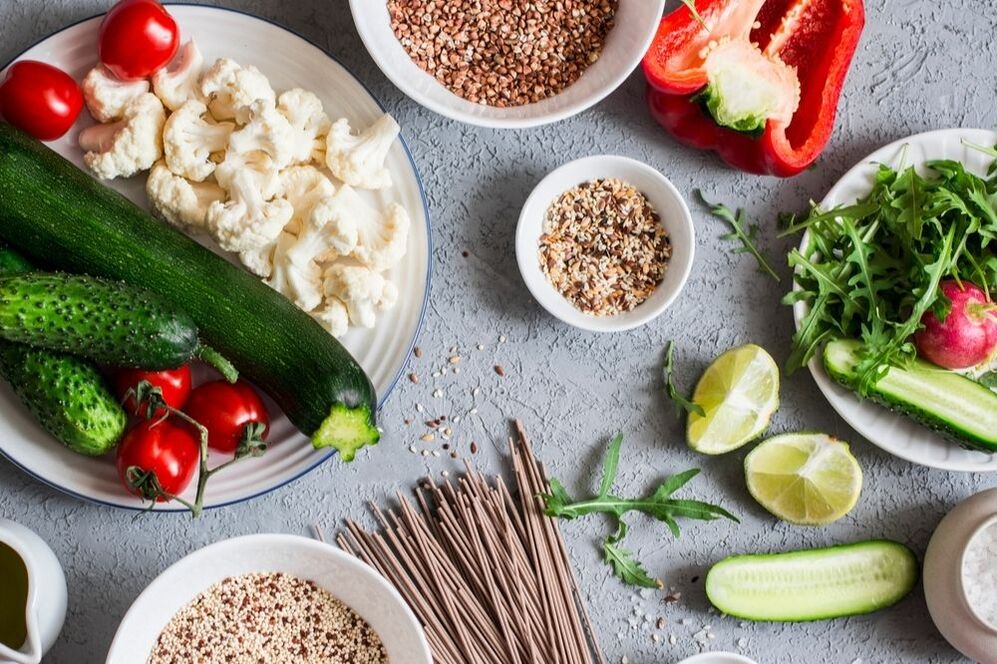If you find out you're gluten intolerant, your first reaction is usually mild panic. Cookies, pastries, pasta, cereal - it seems like you have to give up all your favorite foods, what can you eat now? We tell you how to comfortably organize food on a gluten-free diet.
Step 1. Recognize the enemy by sight
The first step is to find and eliminate foods and dishes containing gluten from the menu. There are many of them.
The obvious ones everyone knows include:
- cereals (wheat, rye, barley, semolina, bulgur, spelled, couscous and spelled);
- products made from wheat: flour, bread, pastries and cakes, pasta, breakfast cereals, baby cereals.

And if everything about flour and cereals is clear, then many people do not yet know about some products that contain gluten.
For example:
- store-bought dairy products containing additives and thickeners (curds, yoghurts, cheese curds, powdered milk, processed cheeses),
- semi-finished meat and fish products (especially breaded ones),
- dumplings, pancakes, dumplings,
- ice cream (not only because of the waffle cone, the ice cream itself also often contains gluten),
- sausages, canned food, imitation seafood ("crab meat" and "crab sticks"),
- chips, bread, and crackers.
Gluten and wheat protein can be contained in colorings and food additives. Therefore, even seasonings and stock cubes, sauces (soy, tomato sauce, teriyaki, tomato paste, many other sauces that use flour as a thickener), chocolate, coffee and alcoholic drinks (beer, vodka, whiskey, wine drinks with coloring orflavoring and aromatic additives).
Recommendation
- Read labels carefully. Pay attention to traces of gluten in the composition. If possible, choose products labeled "Gluten Free" or "Gluten Free", these products can be found in the diet section of the supermarket.
- Use whole foods for cooking: fresh meat, seafood, eggs, vegetables, fruits, beans, nuts and oils.
Step 2: Replace gluten with a healthy alternative
Flour from cereals and legumes - not wheat.
- Flour for bread, pasta, pastries, pancakes, and desserts can be made from grains, nuts, and legumes.
- Flour made from buckwheat, rice, chickpeas, soybeans, flax, corn, almonds is perfect for this dish. It's easy to make it yourself, just grind the ingredients in a special grinder.
What's important to know about preparing flour
- To get the most out of homemade flour, we recommend soaking seeds and nuts first and then drying them in a dehydrator. This will reduce the concentration of phytic acid in the seeds, which interferes with the normal absorption of minerals from the plant.
- Flour is best ground in small portions before cooking. This will help avoid oxidation of the seeds and preserve all the beneficial substances.

Breakfast isn't just oatmeal and sandwiches
- There are many equally delicious alternatives: homemade yoghurt from the fermenter, potato pancakes, colorful smoothies and bowls, pancakes and pancakes made from buckwheat or rice flour.
- You can make healthy green buckwheat granola in a dehydrator or grind cereal for breakfast.
- If it is difficult for you to imagine the morning without porridge, buckwheat, rice, millet, gluten-free oatmeal, spinach and flax will help.
Nuts and seeds - instead of pasta
- For lunch, as a side dish, you can eat legumes or cereals (rice, quinoa, polenta, millet, spinach, buckwheat, corn porridge) that do not contain gluten.
- You can replace regular pasta with rice, buckwheat, and bean noodles, or make pasta from gluten-free flour.
- Meat and fish can be breaded with crushed corn flakes, and the batter can be made from chickpea or rice flour.
- It's easy to thicken gravies and sauces using potatoes or cornstarch.
- Instead of using store-bought bouillon cubes and mixes, try homemade seasonings: dry vegetables and herbs in a dehydrator, or grind them in a food mill or blender. You will get natural aromatic spices. Powders made from dried mushrooms or jerk beef will add rich flavor to stocks and sauces.

Gluten-Free Snacking
- For a snack, try homemade potato chips or gluten-free bread in a dehydrator.
- Chunks of meat and fish can be dried to create a natural and filling snack.
Dessert has not been canceled
- Use beans or rice flour to make it.
- Instead of store-bought cream, use coconut cream or homemade coconut yogurt from a fermenter.
A good alternative to store-bought sweets are fruit chips and dehydrator pastilles, as well as healthy sweets made from nuts and dried fruit (no oatmeal).
Step 3. Arrange gluten-free baby food
- Prepare the same dishes, only from gluten-free flour and cereals (we have already discussed pasta and cereal options above).
- Try making pancakes, pancakes or cheesecakes with coconut, buckwheat or rice flour.
- Dumplings and dumplings can also be made from rice-based flour.
- Sweet bars, cookies and candy can be made from nuts, dried fruits and cocoa ground in a blender (even turned into joint games, for example, making cakes of various shapes from coconut and banana).
- Don't forget vegetable and fruit chips (not store-bought crackers), marshmallows and natural ice cream.
Gluten Free Recipe Ideas
| Menu #1 | Menu #2 |
Breakfast Flax porridge with fresh fruit |
Breakfast Green buckwheat granola + boiled egg |
Dinner Pumpkin soup with flax bread and avocado salad |
Dinner Homemade borscht with cashew sour cream Stuffed cabbage rolls with soy and lentil sprouts |
Afternoon snack Fresh vegetables with homemade hummus |
Afternoon snack Gluten free Avocado Bread |
Dinner Zucchini pasta in tomato sauce with herbs |
Dinner Risotto with curry chicken feet and cashew nuts |













































